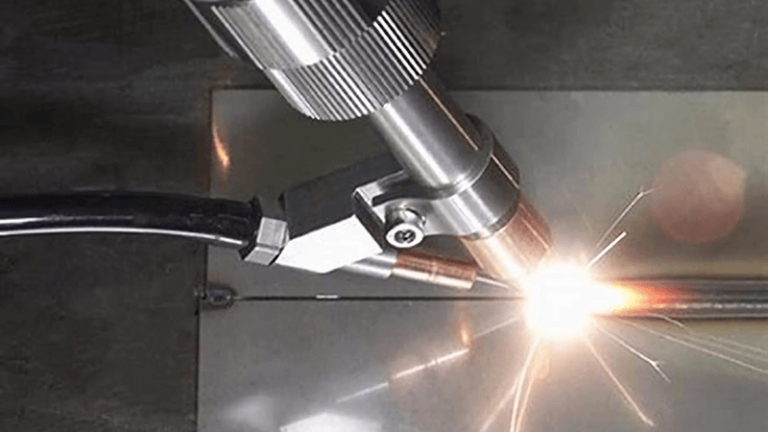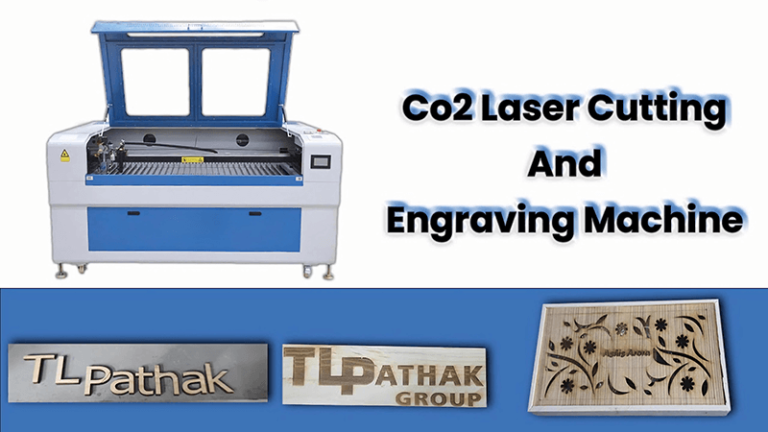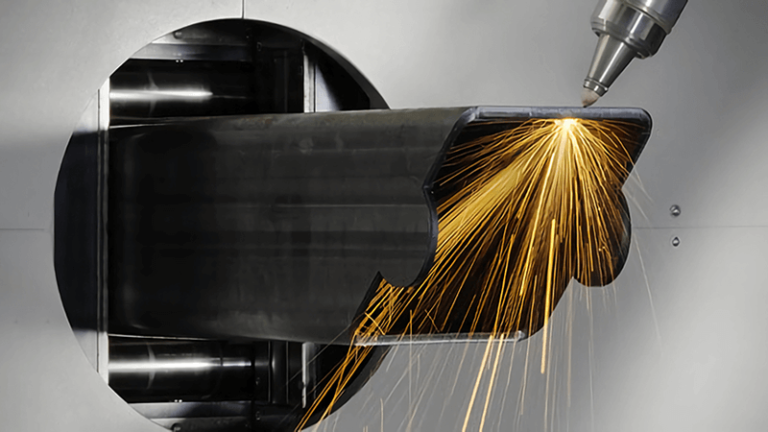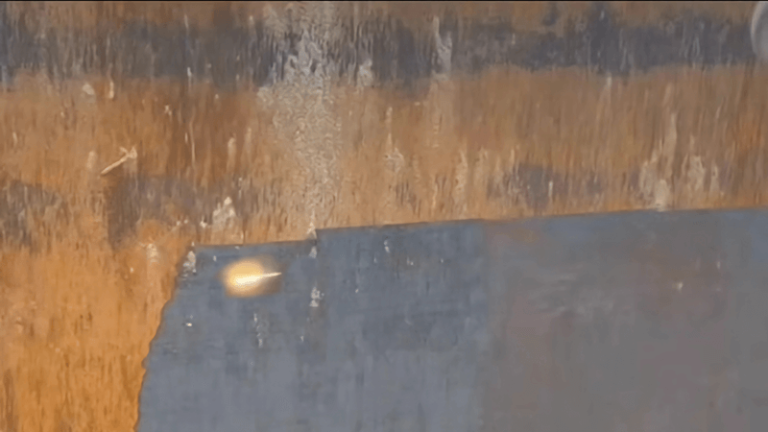Precision is everything when it comes to traceability. But with so many formats, settings, and substrates, how do you find the most reliable approach to laser engraving codes?
The best approach to laser engraving QR codes, barcodes, and serial numbers is to choose the right format, match it with optimized laser settings, and apply the correct marking technology for your material and industry.
When I work with clients from automotive, medical, and aerospace industries, they all come to me with the same concern: how to make their codes permanent, readable, and compliant. Over time, I’ve developed a set of principles through real applications, failures, and optimizations. Let me walk you through how we at Kirin Laser approach this challenge, every single day.
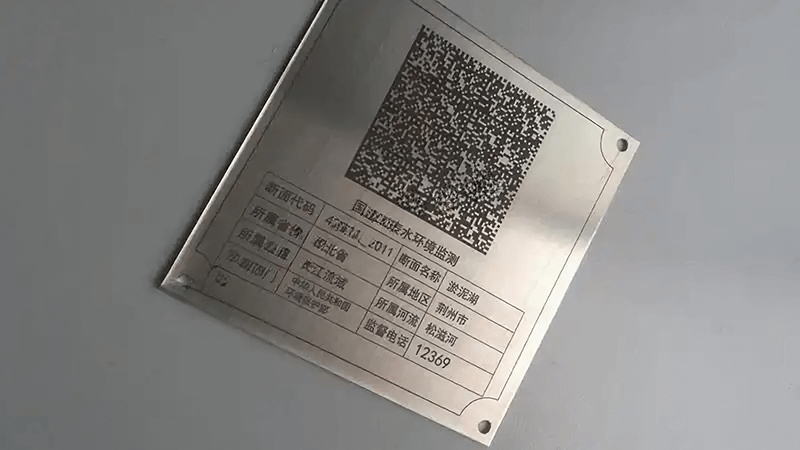
What is the best format for laser engraving?
If you pick the wrong format, your traceability system could fail. It might not scan, might degrade over time, or just won’t fit your database. And once it’s marked—it’s permanent.
The best format depends on your application, data density, and scanner environment. For high-density data, QR codes are ideal. For fast linear scanning, barcodes work better. Serial numbers are best for human-readable tracking.
How to Decide Based on Application
📦 Use Case Table
| Format | Best Use Case | Data Capacity | Scanner Type | Engraving Difficulty |
|---|---|---|---|---|
| QR Code1 | Asset tracking, traceability | High | 2D imagers | Medium |
| Barcode (1D)2 | Inventory, packaging, logistics | Low | Laser/CCD line scanner | Low |
| Serial Number | Compliance, human readability | Variable | Human eye | Low |
🔍 Visibility & Size Considerations
- QR Codes: Highly compact, ideal for space-limited surfaces.
- Barcodes: Simpler to scan in fast-moving lines.
- Serial Numbers: Needed when human inspection is required or expected.
One of my medical clients had to encode over 250 characters on a tiny surgical tool. A barcode couldn’t hold the data. We went with a micro-sized QR code using a high-precision MOPA fiber laser. The result? Clean readability—even under a microscope.
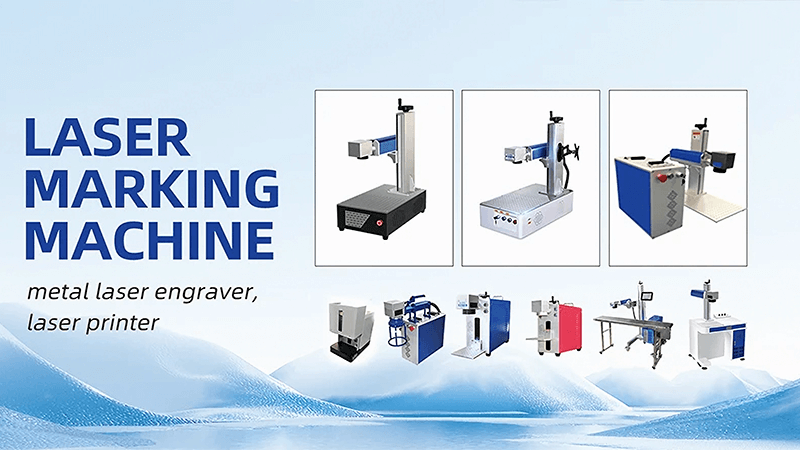
Can you laser engrave a QR code?
Many people think QR codes are only for printing. But when the right laser and settings are used, they can be engraved onto almost any material and still scan perfectly.
Yes, you can laser engrave QR codes on metal, plastic, ceramics, and coated surfaces. The key is to maintain sharp contrast and precise dimension tolerance, so scanners can decode them reliably.
What Makes Laser-Engraved QR Codes Work?
🧪 Test-Proven Methods
At Kirin Laser, I always tell clients: it’s not just about burning a square. It’s about achieving long-term readability3—even after oil exposure, thermal cycles, and abrasion. That’s why we test all QR samples under:
- Salt spray: for corrosion resistance
- High temp cycles: for heat-treated components
- Drop test: for mechanical parts
- Scan angle and distance test: for quality assurance
⚙️ Machines We Recommend
| Machine Type | Best For Material | Technology | Features |
|---|---|---|---|
| MOPA Fiber Laser Marker4 | Stainless steel, aluminum | Pulse-tunable | Dark marking, no burn |
| CO₂ Laser Marker | Plastic, coated wood | Continuous wave | Surface-only etching |
| UV Laser Marker | Plastics, glass | Cold marking | No damage to surroundings |
A client of mine in the aerospace sector needed readable QR codes on titanium without altering surface integrity. We used our MOPA fiber laser with ultra-short pulse settings. The code remained fully functional after 500°C testing.
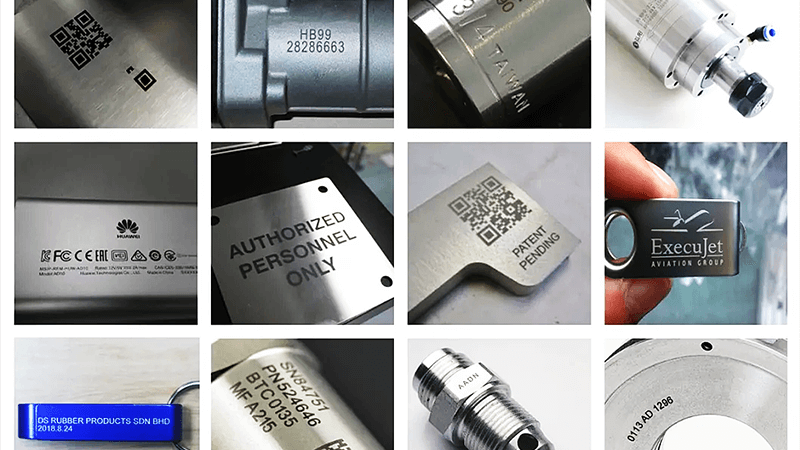
What is the best setting for laser engraving?
Too fast, and the code won’t be visible. Too deep, and you damage the part. The sweet spot? That’s where experience comes in.
The best settings depend on material, laser type, and marking format. You need to balance power, frequency, and pulse duration to achieve both readability and durability.
The Formula I Use
When I engrave a QR code on an engine block, I follow this process:
- Material analysis5: hardness, reflectivity
- Trial passes: using low, medium, and high frequencies
- Engraving depth check6: must not exceed 0.1mm for coated parts
- Abrasion test: sandpaper or chemical wipe
- Scanning test: multiple angle reads
⚙️ Setting Table (for reference)
| Material | Laser Power | Frequency (kHz) | Speed (mm/s) | Pulse Width (ns) |
|---|---|---|---|---|
| Stainless Steel | 30W | 40–60 | 800–1200 | 100–200 |
| Aluminum | 20W | 60–80 | 1000–1500 | 200–300 |
| ABS Plastic | 10W | 20–30 | 500–800 | 10–50 |
There was a time when a client complained his QR codes wouldn’t scan after heat treatment. I looked into the issue—he was using too high power and shallow pulse width. I retuned the settings: lower power, longer pulse. After retesting, every code scanned clean—even after oil exposure.
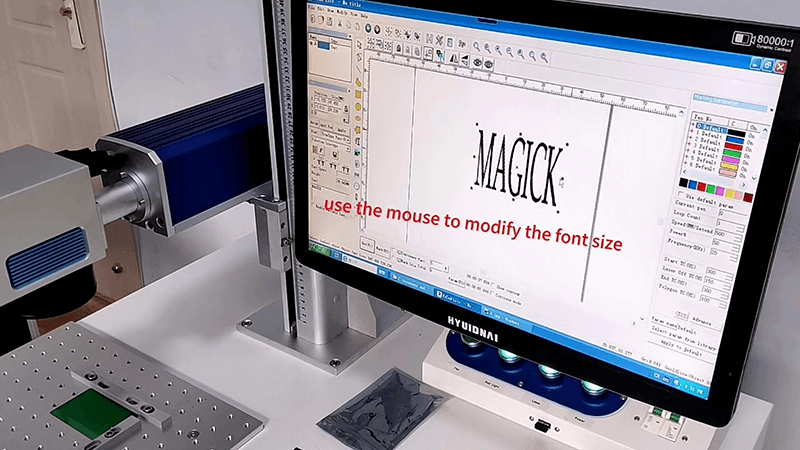
What technology is needed to etch a barcode or serial number?
Not all lasers are created equal. Each material needs a matching beam type, and each application has its own marking constraints.
To mark barcodes and serial numbers, you need a laser marker that offers high contrast, material adaptability, and integrated vision for verification. MOPA fiber lasers are ideal for metals, while CO₂ or UV are better for plastics.
Matching Laser to Your Job
🔧 Material-Technology Matrix
| Material | Technology | Why It Works |
|---|---|---|
| Aluminum | MOPA Fiber Laser7 | Clean, high-contrast marking |
| Stainless Steel | MOPA Fiber Laser | Durable, corrosion-proof |
| ABS Plastic | UV Laser | Cold marking, no melting |
| Cardboard | CO₂ Laser | Fast, shallow burn |
| Ceramic Coating | Fiber or UV Laser | Fine contrast without chipping |
🧠 Extra Tools You’ll Need
- Rotary axis for curved parts
- CCD vision system8 for auto-positioning
- Auto-focus sensor9 for uneven surfaces
- Barcode verification system to meet ISO/GS1 specs
One of my clients runs a food machinery company. They needed serial numbers on stainless parts that are washed daily. Ink wouldn’t last. We built a fiber laser setup with a vision system and a rotary table. Each serial number was etched in 3 seconds, verified instantly, and passed all sanitary wipe-down tests.
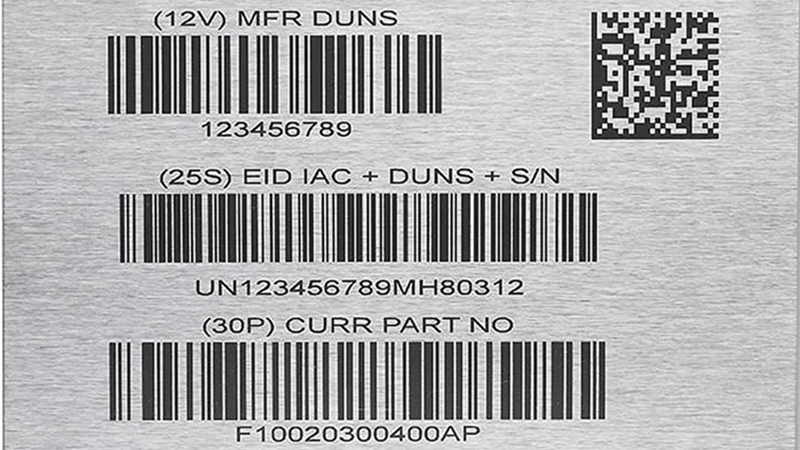
Conclusion
At Kirin Laser, I’ve seen firsthand how the right laser engraving method10 can change everything—from production traceability to after-sales accountability. Whether you’re etching a QR code on a fuel injector or a barcode on a food-grade part, it comes down to three things: picking the right format, tuning the right settings, and using the right machine.
Once you find that balance, your codes won’t fade, smudge, or fail—no matter what you put them through.
-
Explore this link to understand how QR Codes enhance asset tracking and traceability, making them invaluable in various industries. ↩
-
Discover how Barcodes streamline inventory and logistics processes, ensuring efficiency and accuracy in operations. ↩
-
Understanding long-term readability can enhance your laser marking strategies, ensuring durability and quality. ↩
-
Exploring MOPA Fiber Laser technology can help you choose the best laser solutions for your specific material needs. ↩
-
Understanding material properties is crucial for effective laser engraving, ensuring quality and durability of the engravings. ↩
-
Maintaining the correct engraving depth is vital to prevent damage and ensure the QR codes remain scannable. ↩
-
Explore this link to understand how MOPA Fiber Laser technology enhances marking quality and durability, especially for stainless steel. ↩
-
Learn about the benefits of CCD vision systems in laser marking, ensuring precision and efficiency in production processes. ↩
-
Discover how auto-focus sensors enhance precision in laser marking, ensuring accurate results on uneven surfaces for optimal performance. ↩
-
Find the best laser marking machine and laser marking solutions from Kirin Laser, clicking this link to get your needs for your business. ↩


